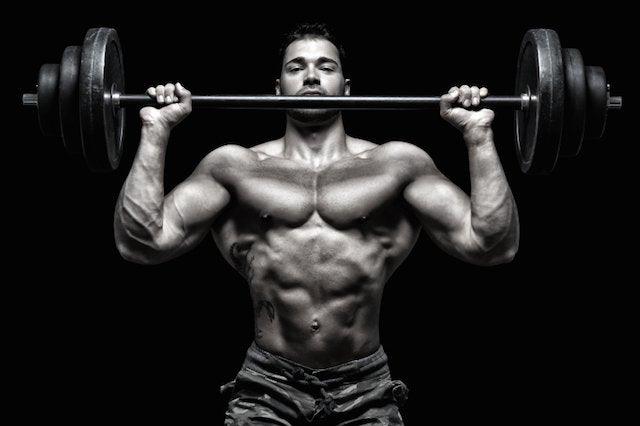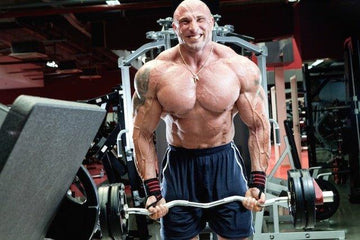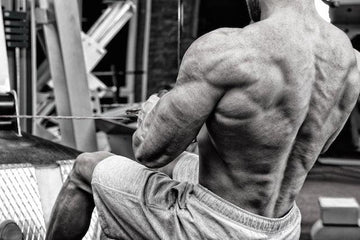

Standing vs Seated Military Press: Which Is a Better Shoulder Exercise.
Table of Contents
Standing vs Seated Military Press: Which Is a Better Shoulder Exercise.
By: Robbie Durand
The standing overhead press is a staple exercise for just about all Olympic lifters and strongman. If you look at the strongman pictures of the older years, you would see pictures of guys doing one handed overhead dumbbell presses and barbell presses. For some reason, the standing overhead press has become the lost exercise for bodybuilders as rarely do any bodybuilders do standing overhead presses, this exercise has been replaced by the seated dumbbell or seated overhead barbell press. One of the greatest scenes in the classic movie Pumping Iron was Lou Ferrigno screaming Arnold’s name as he was performing the standing overhead press.

Researchers examined effects of body position (seated and standing) and loading modality (barbell and dumbbells) on 1-RM strength and neuromuscular activity in shoulder presses. The subjects used 80 percent of the weight at which they could just manage 1 RM. So they electrodes were hooked all over the subject’s shoulders and they performed the following exercises:
- Seated Military Press
- Seated Dumbbell Press
- Standing Military Press
- Standing Dumbbell Press
At the end of the study, standing dumbbell press exercise, demonstrated the highest neuromuscular activity of the deltoid muscles, although this was the exercise with the lowest 1-RM strength. So even though the subject’s were not using as much weight as the barbell press, the subject’s using the standing dumbbell press resulted in the greatest muscle activation. Greater EMG activity was generally in dumbbell exercises compared with barbell exercises. The researchers suggested that the higher muscle activation of the standing dumbbell press instead of a barbell, the main difference is that the dumbbells must be controlled independently of each other, resulting is more instability which results in more muscle activation for stabilization.
Saeterbakken AH, Fimland MS. Effects of body position and loading modality on muscle activity and strength in shoulder presses. J Strength Cond Res. 2013 Jul;27(7):1824-31.

















